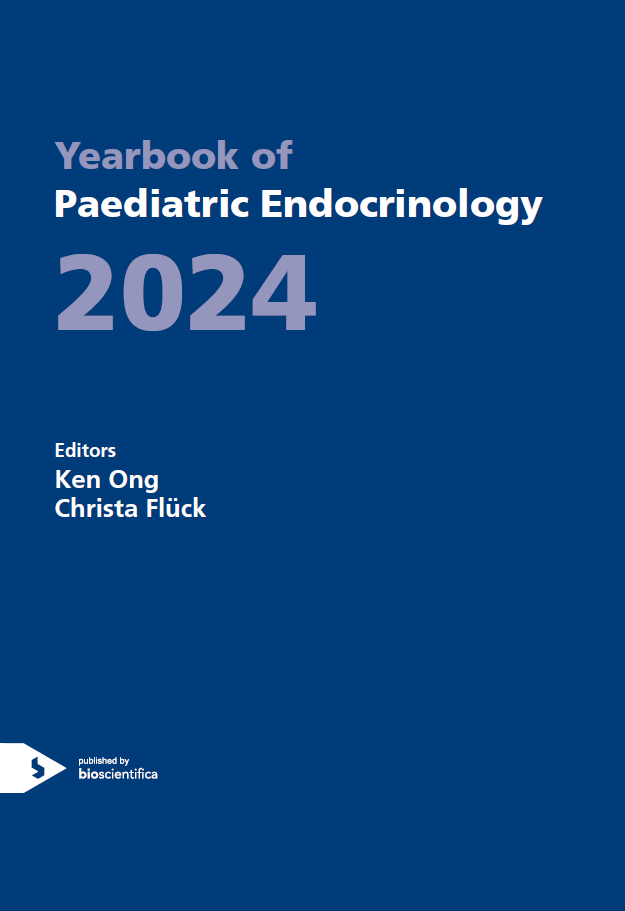11. Obesity and Weight Regulation
Adipocyte Dysfunction and Obesity Related Comorbidities
ey0021.11-14 | Adipocyte Dysfunction and Obesity Related Comorbidities | ESPEYB21
11.14. Obesity causes mitochondrial fragmentation and dysfunction in white adipocytes due to RalA activation
W Xia , P Veeragandham , Y Cao , Y Yayun Xu , TE Rhyne , J Qian , Hung Chao-Wei , P CHZhao , Y Jones , H Hui Gao , C Liddle , RT Yu , M Downes , RM Evans , M Ryden , M Wabitsch , Z Wang , H Hakozaki , J Schoneberg , SM Reilly , J Huang , AR Saltiel
ey0021.11-15 | Adipocyte Dysfunction and Obesity Related Comorbidities | ESPEYB21
11.15. A spatiotemporal proteomic map of human adipogenesis
F Klingelhuber , S Frendo-Cumbo , M Omar-Hmeadi , L Massier , P Kakimoto , AJ Taylor , M Couchet , S Ribicic , M Wabitsch , AC Messias , A Iuso , TD Muller , M Ryden , N Mejhert , N Krahmer
ey0021.11-16 | Adipocyte Dysfunction and Obesity Related Comorbidities | ESPEYB21
11.16. The role of adipogenic capacity and dysfunctional subcutaneous adipose tissue in the inheritance of type 2 diabetes mellitus: cross-sectional study
M Šiklova , V Šramkova , M Koc , E Krauzova , T Čižkova , B Ondrůjova , M Wilhelm , Z Varaliova , O Kuda , J Neubert , L Lambert , M Elkalaf , J Gojda , L Rossmeislova
ey0021.11-17 | Adipocyte Dysfunction and Obesity Related Comorbidities | ESPEYB21
11.17. At any level of adiposity, relatively elevated leptin concentrations are associated with decreased insulin sensitivity
M Chiriaco , L Nesti , A Flyvbjerg , A Golay , J-A Nazare , C-H Anderwald , A Mitrakou , R Bizzotto , A Mari , A Natali




